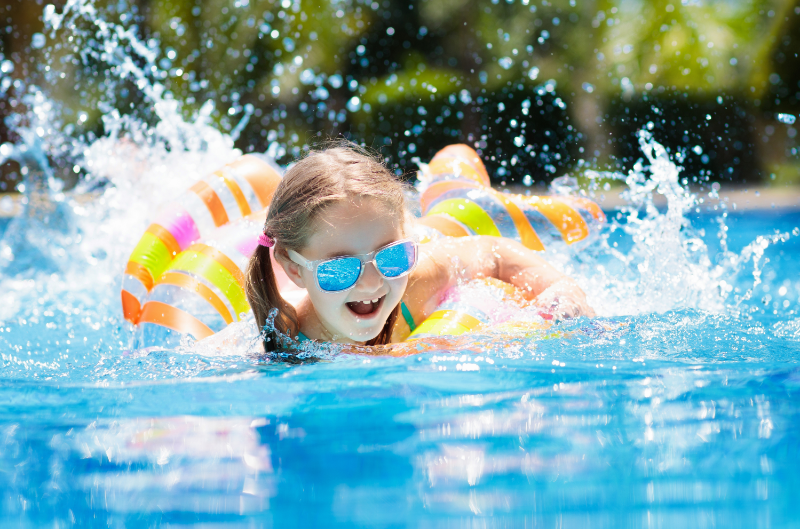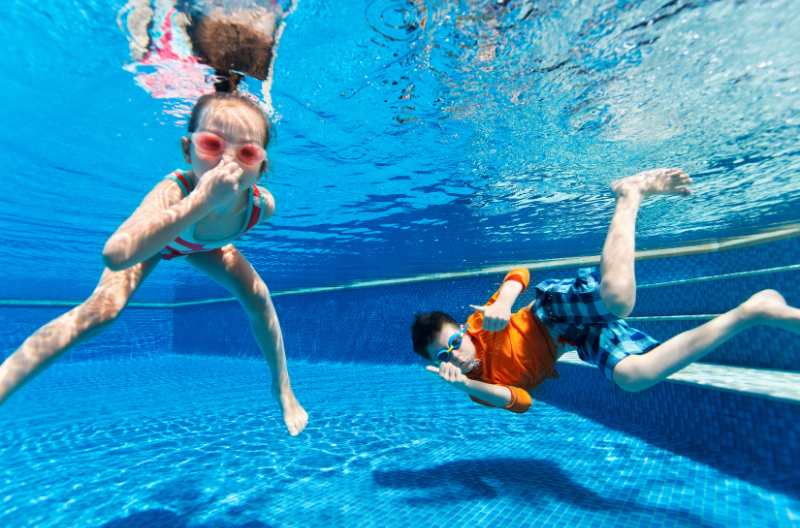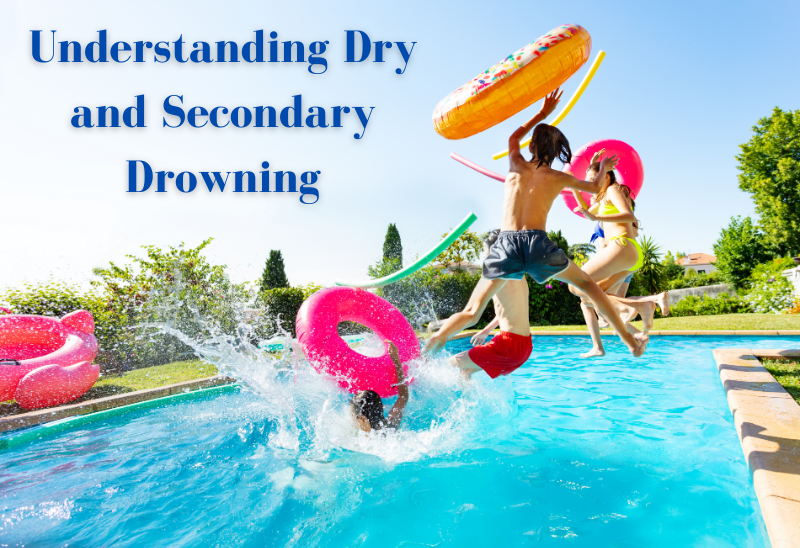As a mother, the safety and well-being of our children are always at the forefront of our minds. Recently, I came across a heart-wrenching true story that shed light on the risks of dry and secondary drowning. Determined to raise awareness and empower parents, I felt compelled to share important information about these silent dangers that many of us are not aware of. Note that both these events are extremely rare but nevertheless it’s important to stay vigilant especially when it comes to our little ones.
In this blog post, we will explore the risks, symptoms, and preventive measures you need to know to keep your child safe.

What is Dry Drowning?
Dry drowning occurs when water is inhaled, causing the vocal cords to spasm and obstructing the airway. The signs to look for are persistent coughing, difficulty breathing, and extreme fatigue.
What is Secondary Drowning?
Secondary drowning, also known as delayed drowning, occurs when water enters the lungs, causing inflammation and fluid buildup over time. The symptoms include shortness of breath, chest pain, and changes in behavior such as irritability and drop in energy levels.
Stay Vigilant
Be vigilant during and after water activities, even if your child appears fine initially. It’s crucial to observe your child for several hours after a water-related incident, as symptoms of dry or secondary drowning can emerge later.
Taking Preventive Measures
Prevention is key to ensuring your child’s safety. Explore practical steps to safeguard your child, such as enrolling them in swimming lessons, closely supervising water play, and using proper safety equipment. Knowledge and precautionary measures can significantly reduce the risk.
Seeking Immediate Medical Attention
Prompt medical evaluation is essential in cases of suspected dry or secondary drowning. Keep a close eye on your child for the 24 hours after they have had any problems in the water. If the symptoms don’t go away, or if they get worse, take your child to the emergency room or urgent care as they will need a chest X-Ray, IV and be admitted for observation. Any problems that do develop are usually treatable if you get medical care right away.

By understanding the risks, recognizing the symptoms, and taking preventive measures, we can ensure the safety of our children during water-related activities. Stay informed, remain vigilant, and seek medical attention when necessary. Let’s work together to protect our little ones from the silent dangers of dry and secondary drowning.
If you have any helpful tips that you would like to share with the MyNabes parent community don’t hesitate to download the app and post them to support other parents.







Leave A Comment